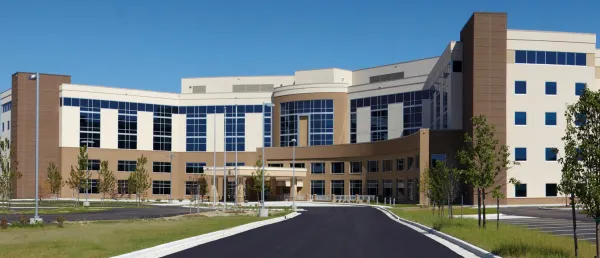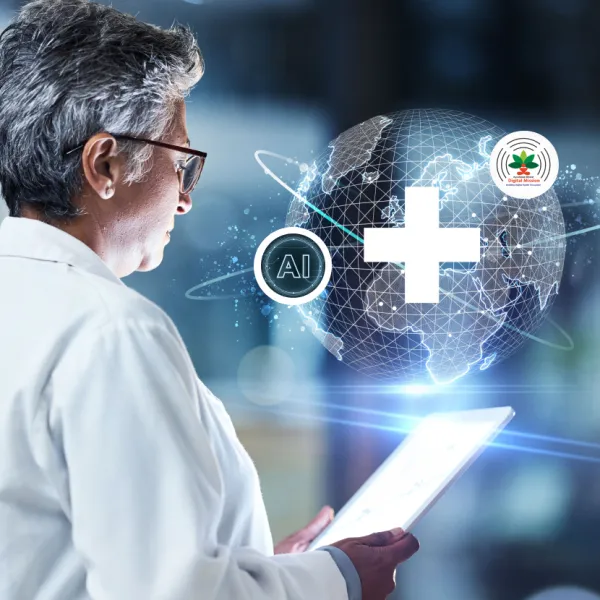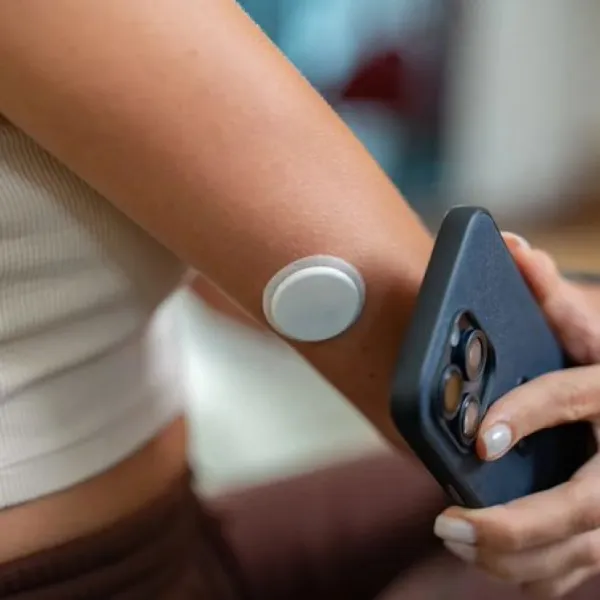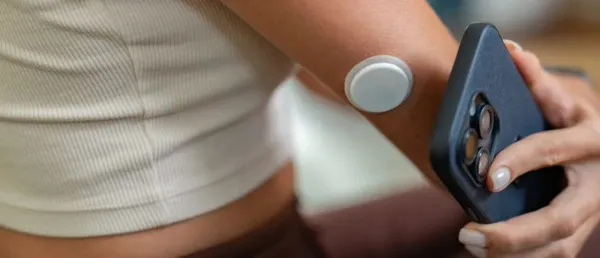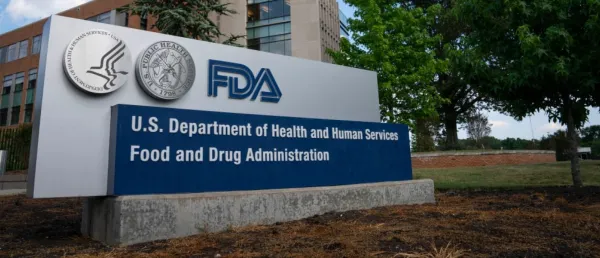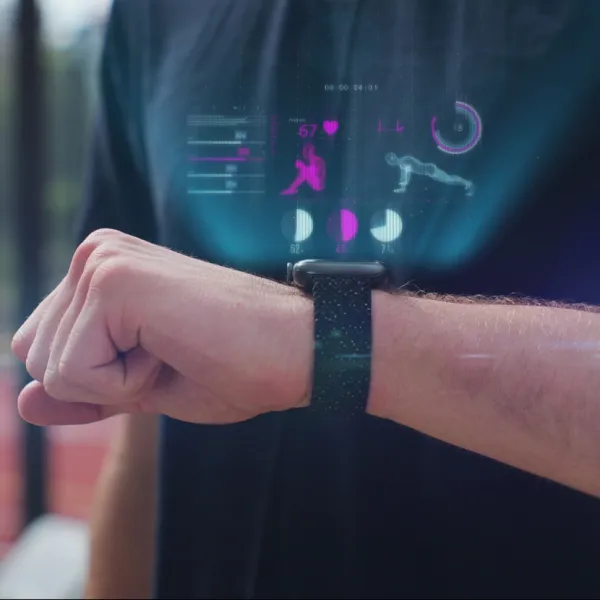UP Govt Issues 14.5 Lakh e-Vouchers for Pregnant Women’s Healthcare

This digital program enables beneficiaries to access diagnostic services, including ultrasounds, at private centers across the state.
The Uttar Pradesh government has issued over 14.5 lakh e-vouchers to pregnant women since launching the e-rupee voucher initiative more than a year and a half ago.
This digital program enables beneficiaries to access diagnostic services, including ultrasounds, at private centers across the state.
According to official data, Azamgarh emerged as the leading district in voucher distribution, with over 61,000 vouchers issued. Agra and Badaun followed with nearly 56,000 and 53,000 vouchers, respectively.
Out of the total vouchers issued, 6.81 lahks have already been utilized by beneficiaries. Prayagraj, Deoria, Ghaziabad, Gorakhpur, Bareilly, Ghazipur, and Hardoi also featured prominently in the distribution tally.
However, districts such as Kasganj (4,352), Bhadohi (4,876), and Shamli (5,749) recorded the lowest voucher allocations.
Improving Maternal and Child Healthcare
Dr Pinky Jowal, Director of the National Health Mission (NHM), said the initiative reflects Chief Minister Yogi Adityanath’s emphasis on maternal and child health. “The e-rupee voucher scheme ensures that pregnant women receive timely and essential diagnostic services to safeguard their health and that of their unborn children. These vouchers demonstrate the government’s proactive approach to improving healthcare delivery in the state,” she stated.
The initiative focuses on ensuring efficient and accessible healthcare services across Uttar Pradesh. Dr Jowal highlighted that the program is fully digital, eliminating intermediaries and ensuring transparency.
“As a fully digital scheme, it guarantees that the benefits directly reach the intended beneficiaries, reflecting the government’s commitment to transparency and effective governance,” she added.
The e-voucher initiative has been credited with reducing delays in health check-ups for pregnant women and addressing corruption in service delivery. By providing a direct mechanism for accessing private diagnostic services, the program has streamlined healthcare for many underserved communities.
Officials noted that the program's digital nature ensures accountability, with utilization data being closely monitored. This approach has facilitated real-time tracking of services, ensuring that women receive timely and necessary medical interventions during pregnancy.
Stay tuned for more such updates on Digital Health News








